VLS Semaglutide is an FDA-approved GLP-1 medication that is injected under the skin using a insulin needle once a week (every seven days), day or night, with or without food.
VLS Semaglutide speeds up the weight loss process for many patients. However, like other medical weight loss diets, what you eat, exercise, lifestyle changes, and time will help determine the overall success of your weight loss journey.
VLS Semaglutide Usage
Initial Dose Schedule:
Weeks 1 through 4: 0.25 mg subcutaneously once a week
Weeks 5 through 8: 0.5 mg subcutaneously once a week
Weeks 9 through 12: 1 mg subcutaneously once a week
Weeks 13 through 16: 1.5 mg subcutaneously once a week
Maintenance Dose:
Week 17 and onward: 2.5 mg subcutaneously once a week
Dosing Considerations:
If dose escalation is not tolerated, consider delaying dose escalation for 4 weeks
If the maintenance dose of 2.5 mg once a week is not tolerated, the dose can be temporarily decreased to 1.5 mg once a week for a maximum of 4 weeks
VLS Semaglutide Instructions
Step 1:
1. Wash your hands with soap and water.
2. Check the name and colored label of your pen, to make sure that it contains VLS Tirzepatide. This is especially important if you take more than 1 type of medicine.
3. Pull off the pen cap.
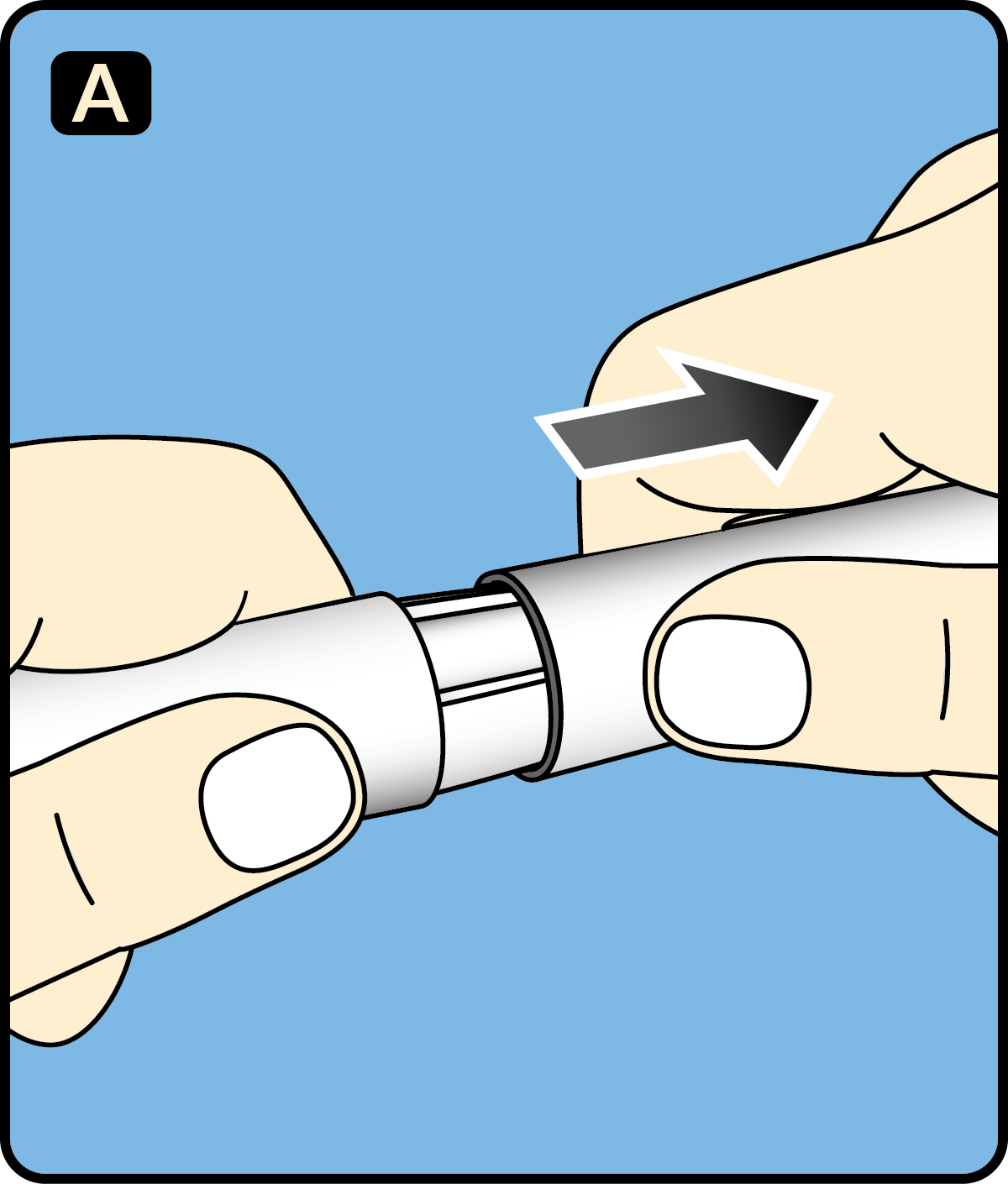
Step 2:
1. Check that the VLS Tirzepatide medicine in your pen is full, VLS Tirzepatide under very cold conditions can look cloudy, this will resolve at room temperature and does not effect the product.
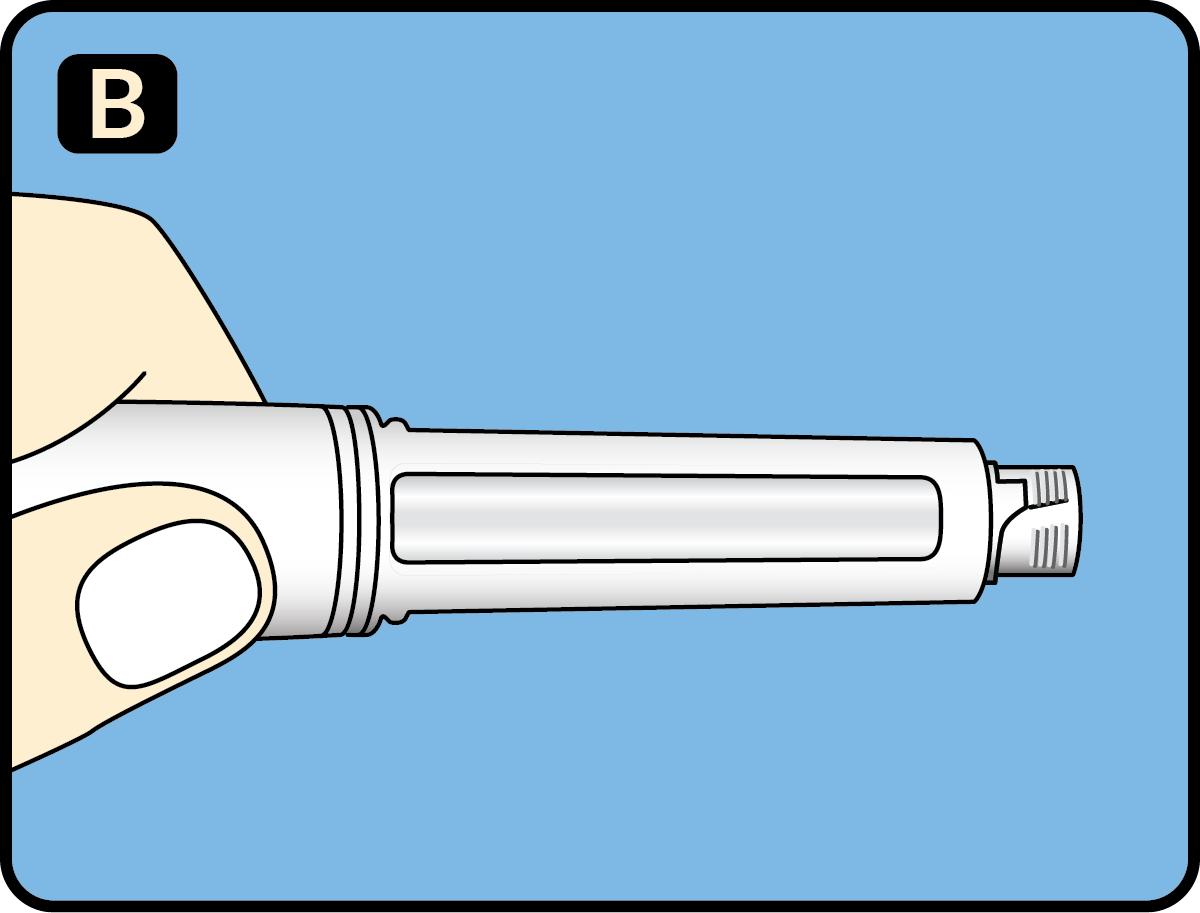
Step 3:
1. Take a new needle, and tear off the paper tab.
2. Do not attach a new needle to your pen until you are ready to give your injection.
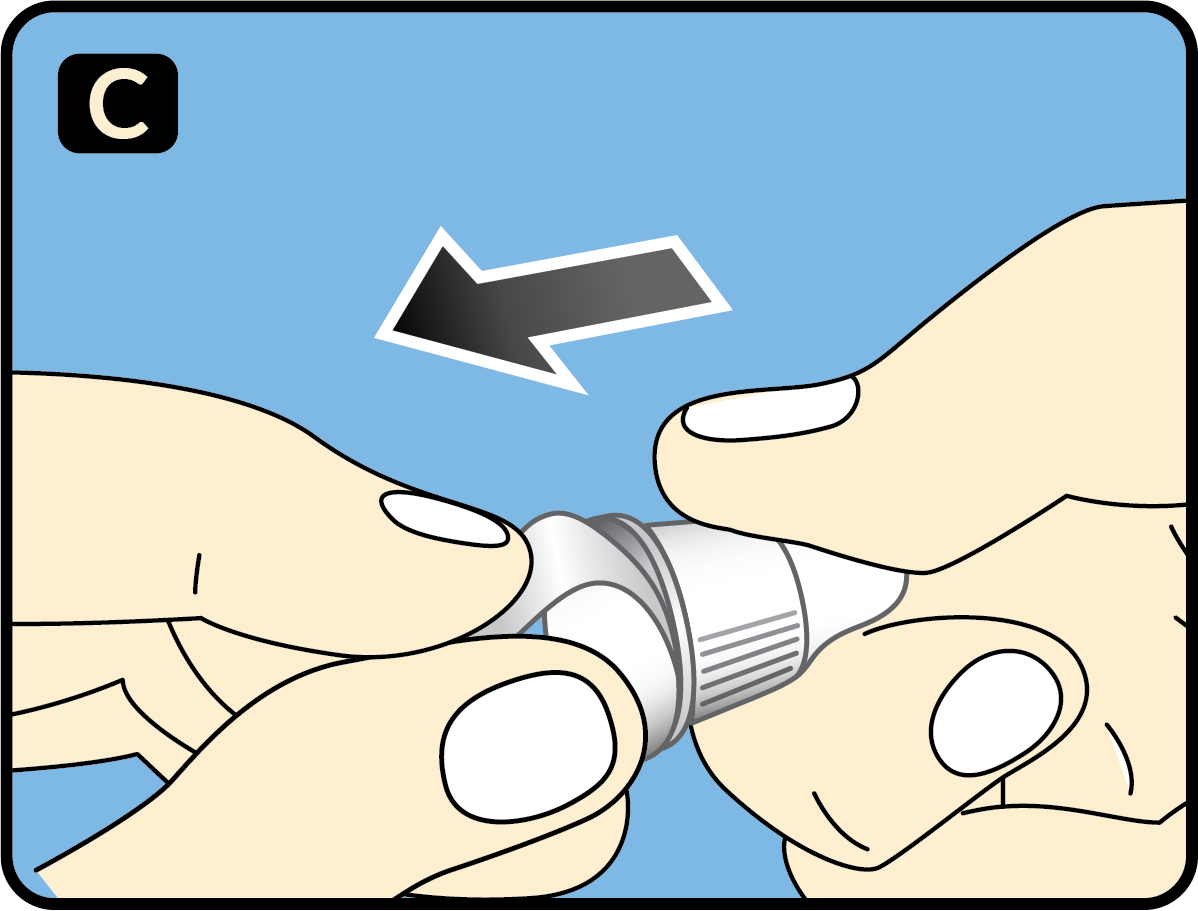
Step 4:
1. Push the needle straight onto the pen. Turn until it is on tight.
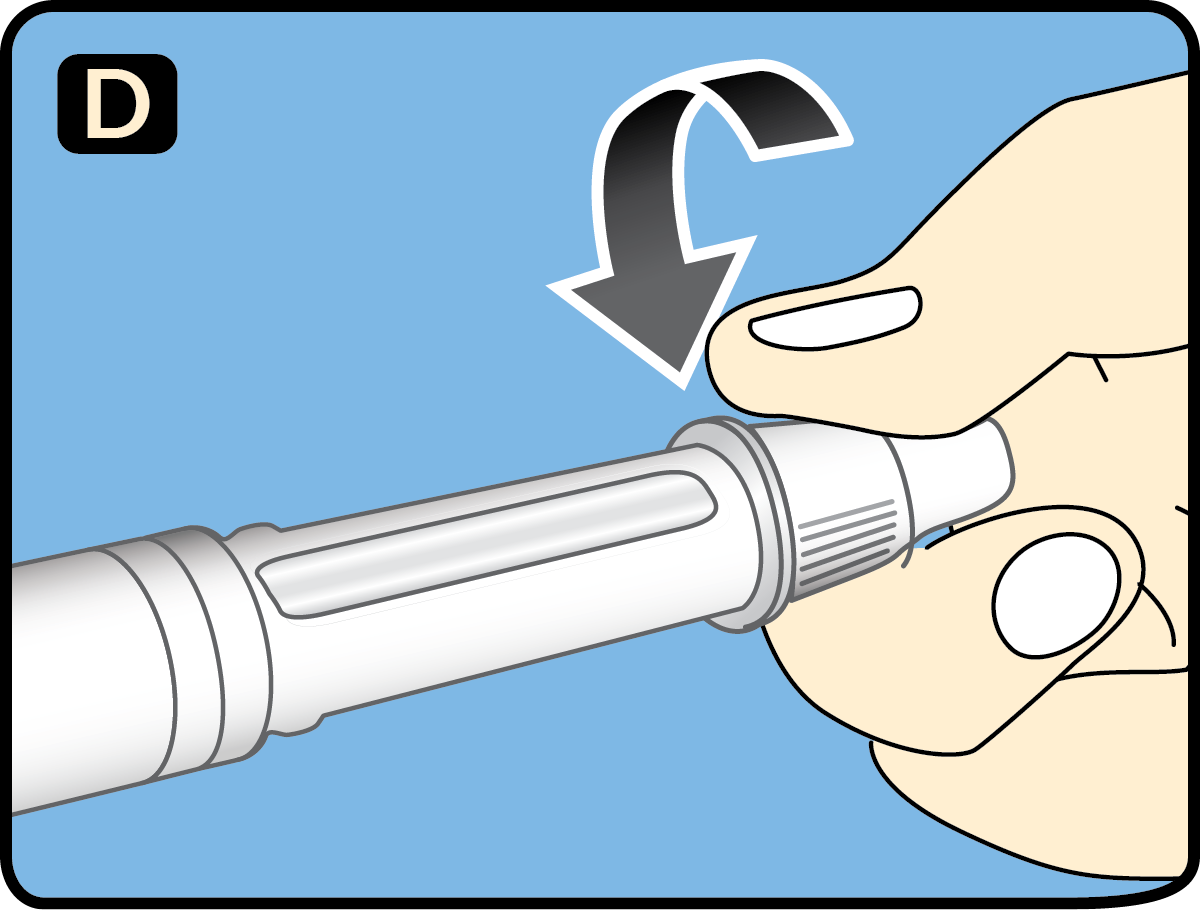
Step 5:
1. The needle is covered by 2 caps. You must remove both caps. If you forget to remove both caps, you will not inject any medicine.
2. Pull off the outer needle cap. Do not throw it away.

Step 6:
1. Pull off the inner needle cap and throw it away.
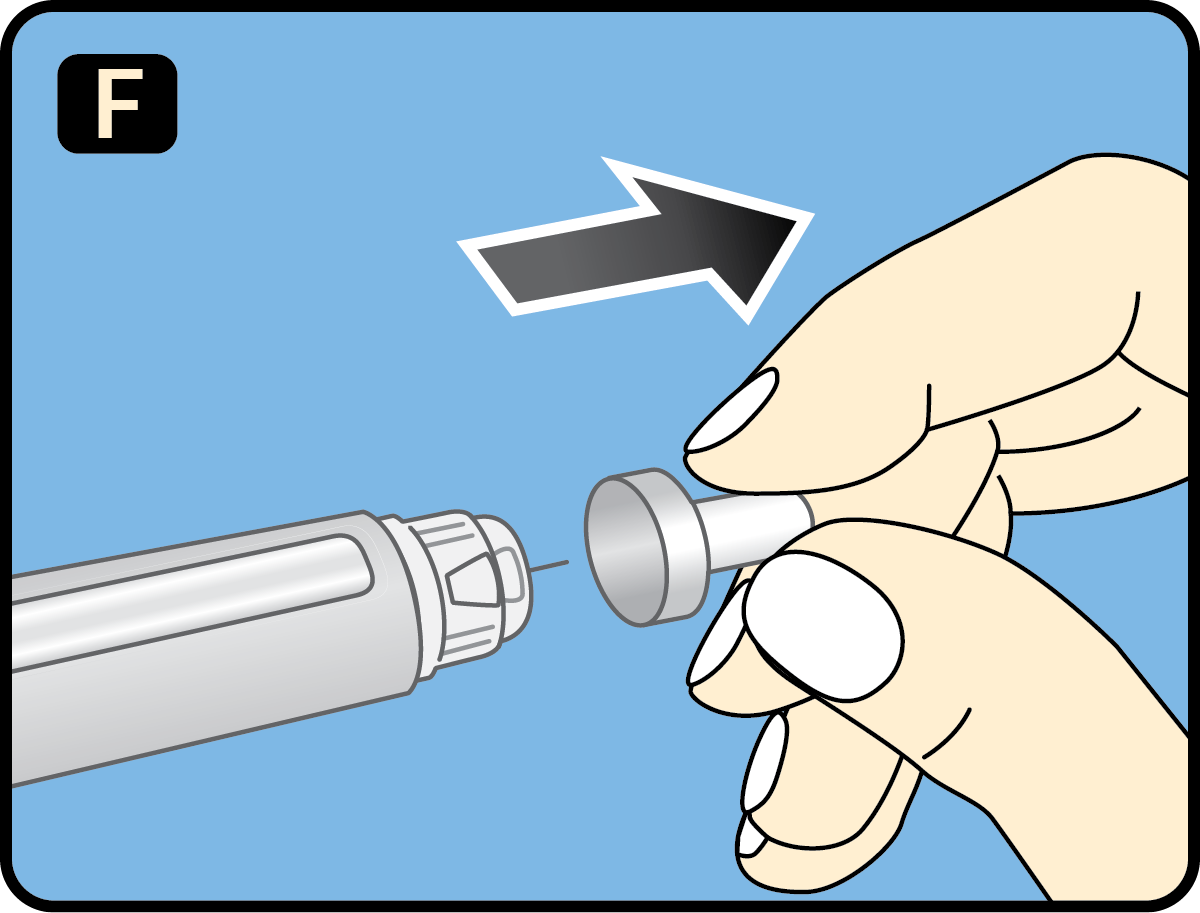
Step 7:
1. Check the VLS Tirzepatide flow before the first injection with each new pen only.
2. Turn the dose selector until the dose counter shows the flow check symbol ▪▪▰
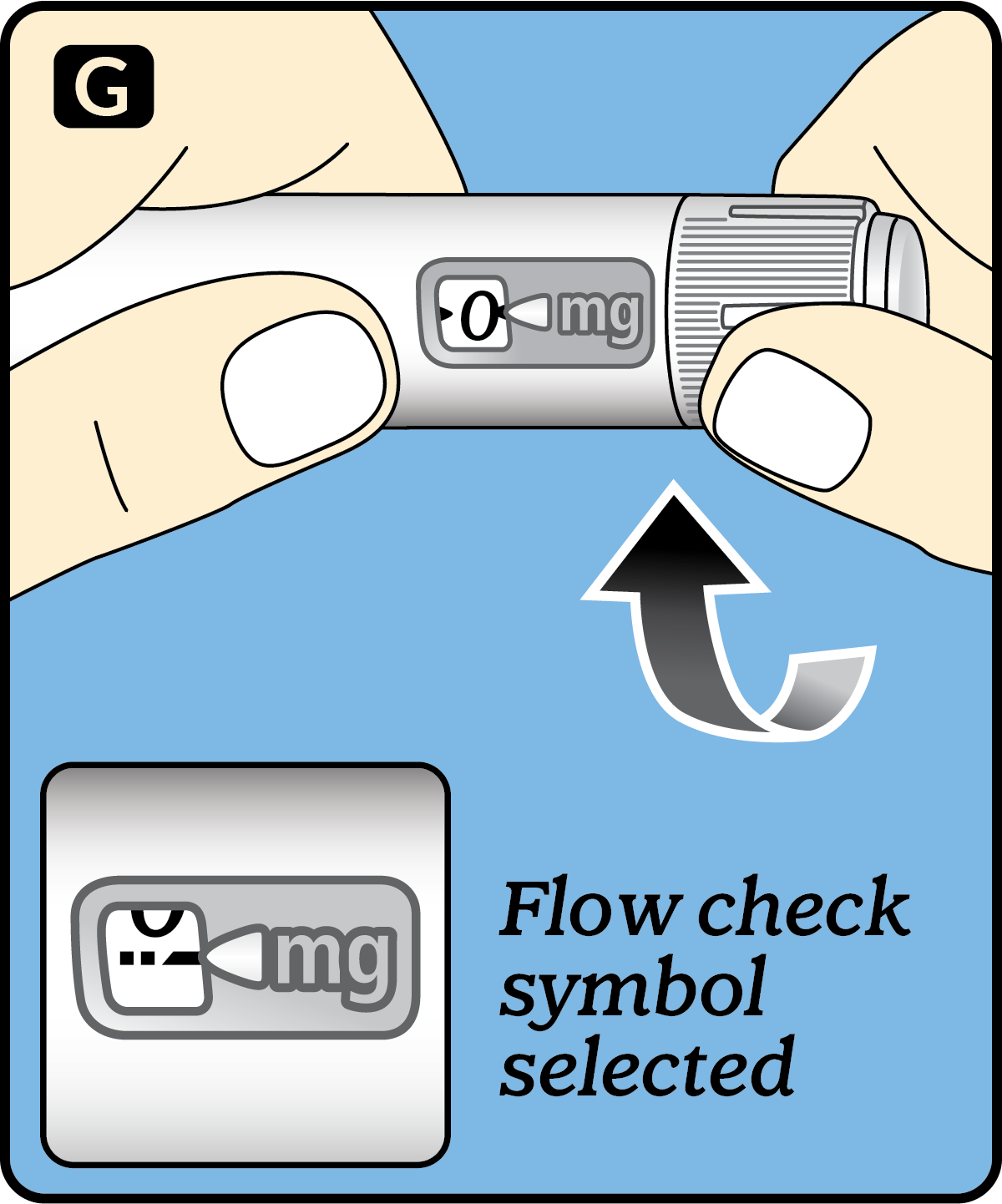
Step 8:
1. Hold the pen with the needle pointing up. Press and hold in the dose button until the dose counter shows 0. The 0 must line up with the dose pointer. A drop of VLS Tirzepatide will appear at the needle tip.
2. If no drop appears, repeat Step 7 above as shown in Figure G and Figure H up to 6 times.
3. If there is still no drop, change the needle and repeat Step 7 as shown in Figure G and Figure H, 1 more time. Do not use the pen if a drop of VLS Tirzepatide still does not appear.

Step 9:
Select your dose
1. Turn the dose selector until the dose counter stops and shows your 2 mg dose. The dashed line in the dose counter (┇) will guide you to 2 mg.
2. Always use the dose counter and the dose pointer to see that 2 mg has been selected. You will hear a “click” every time you turn the dose selector. Do not set the dose by counting the number of clicks you hear. Only doses of 2 mg can be selected with the dose selector.
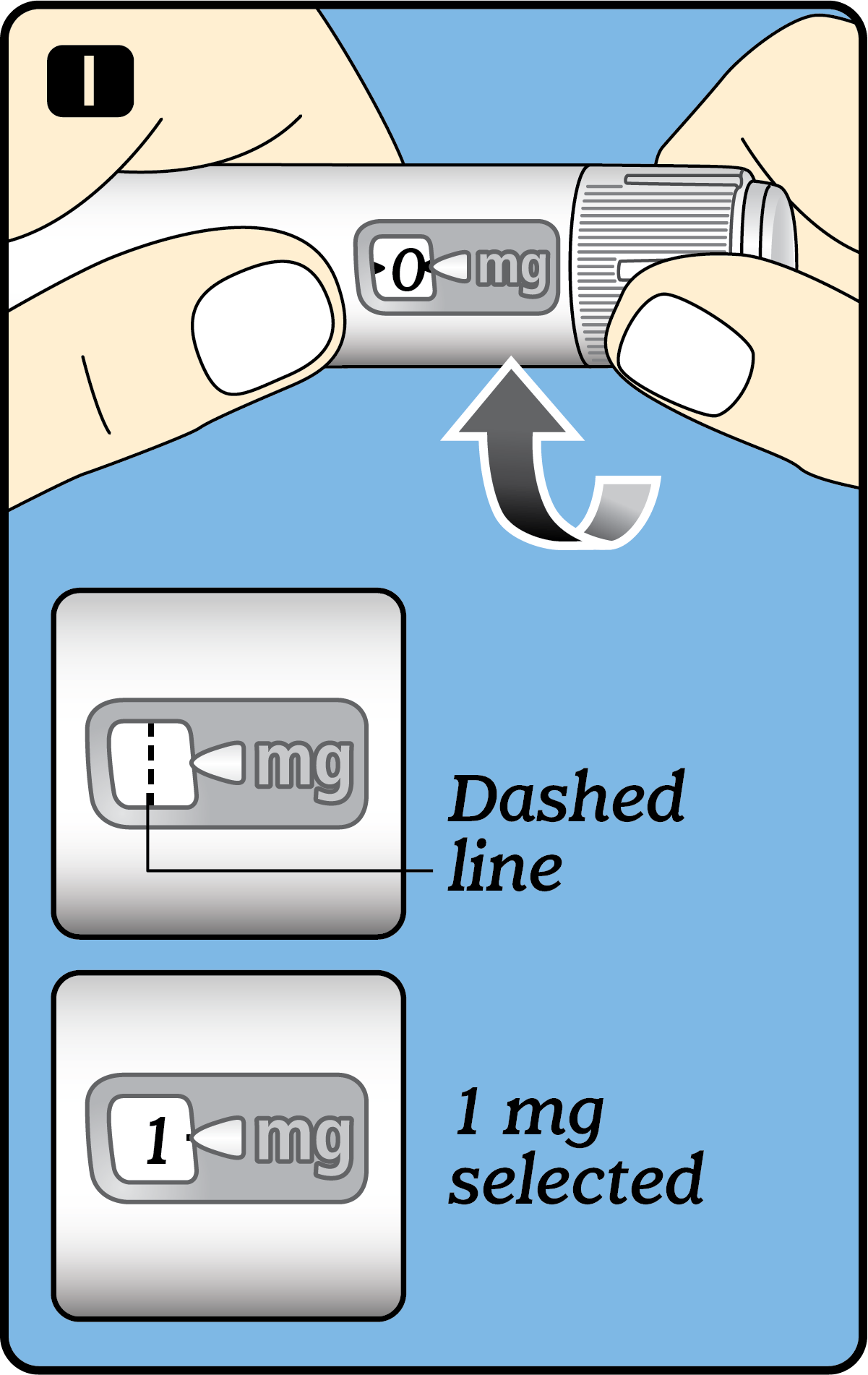
Step 10:
To see how much VLS Tirzepatide is left in your pen, use the dose counter:
1. Turn the dose selector until the dose counter stops.
2. If it shows 1, at least 1 mg is left in your pen. If the dose counter stops before 1 mg, there is not enough VLS Tirzepatide left for a full dose of 1 mg. If there is not enough VLS Tirzepatide left in your pen for a full dose, do not use it. Use a new VLS Tirzepatide pen.
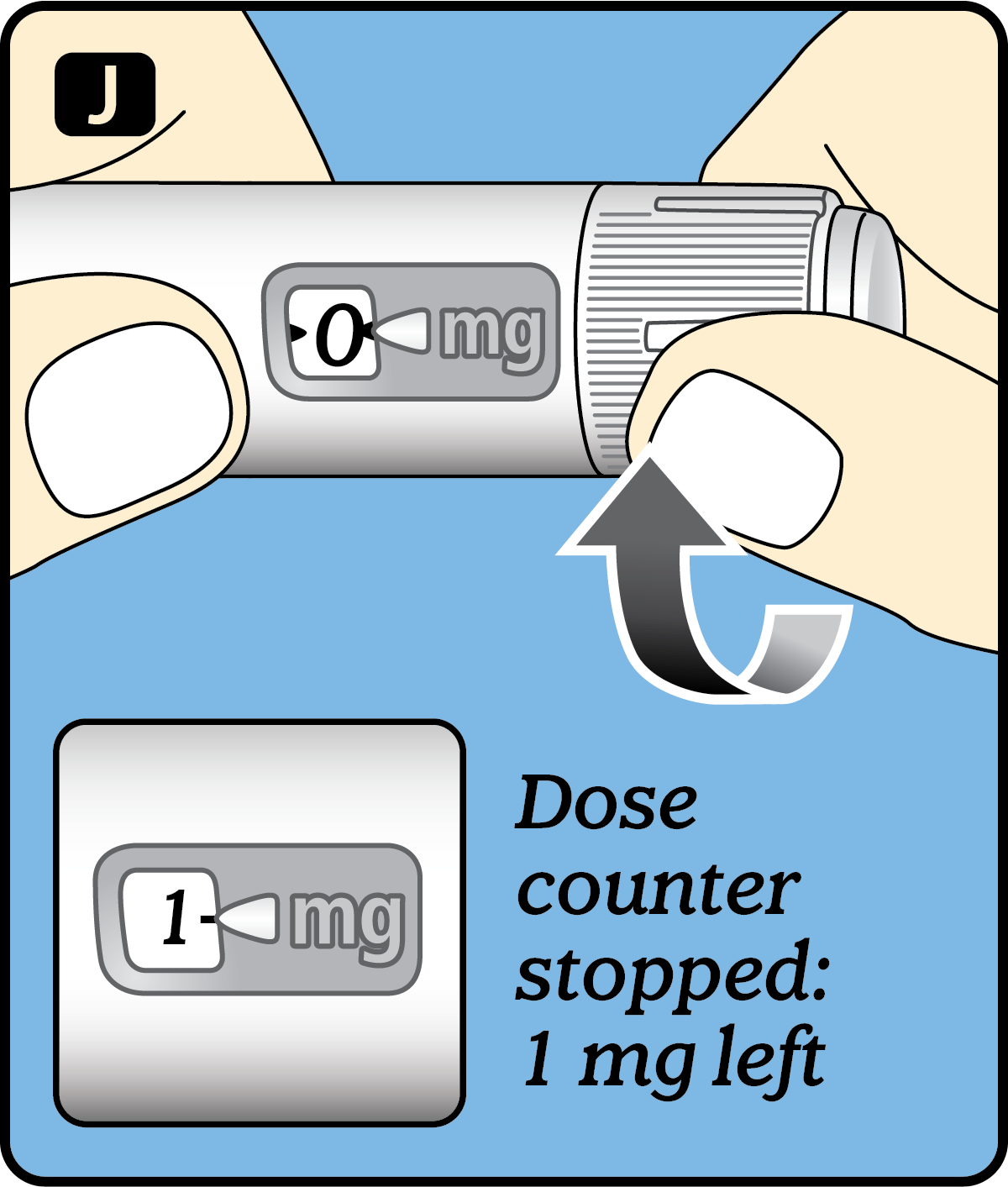
Step 11:
Inject your dose
1. Choose your injection site and wipe the skin with an alcohol swab. Let the injection site dry before you inject your dose (See Figure K).
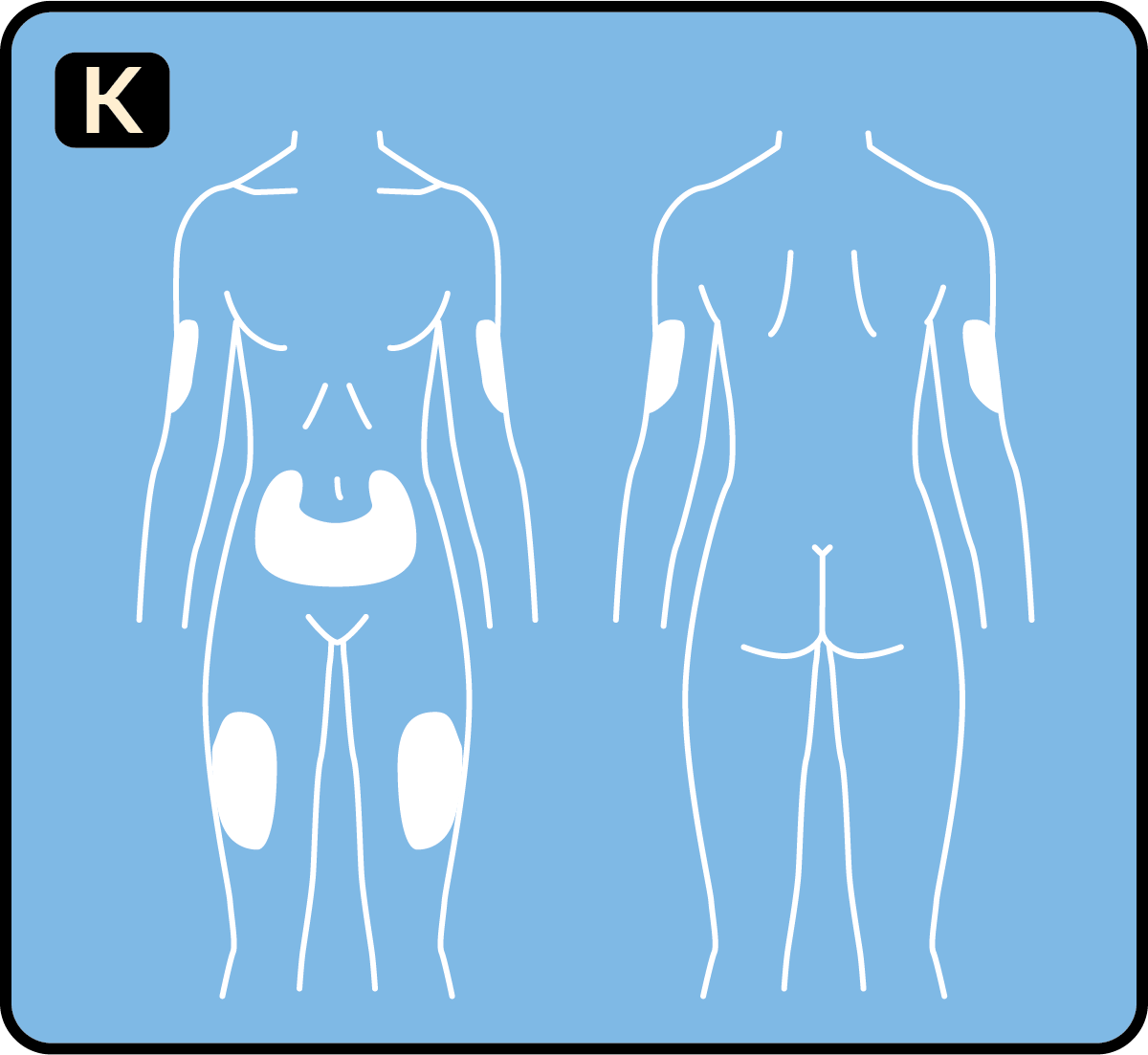
Step 12:
1. Insert the needle into your skin as your healthcare provider has shown you.
2. Make sure you can see the dose counter. Do not cover it with your fingers. This could stop the injection.

Step 13:
1. Press and hold down the dose button until the dose counter shows 0.
2. The 0 must line up with the dose pointer. You may then hear or feel a click.
3. Continue pressing the dose button while keeping the needle in your skin.
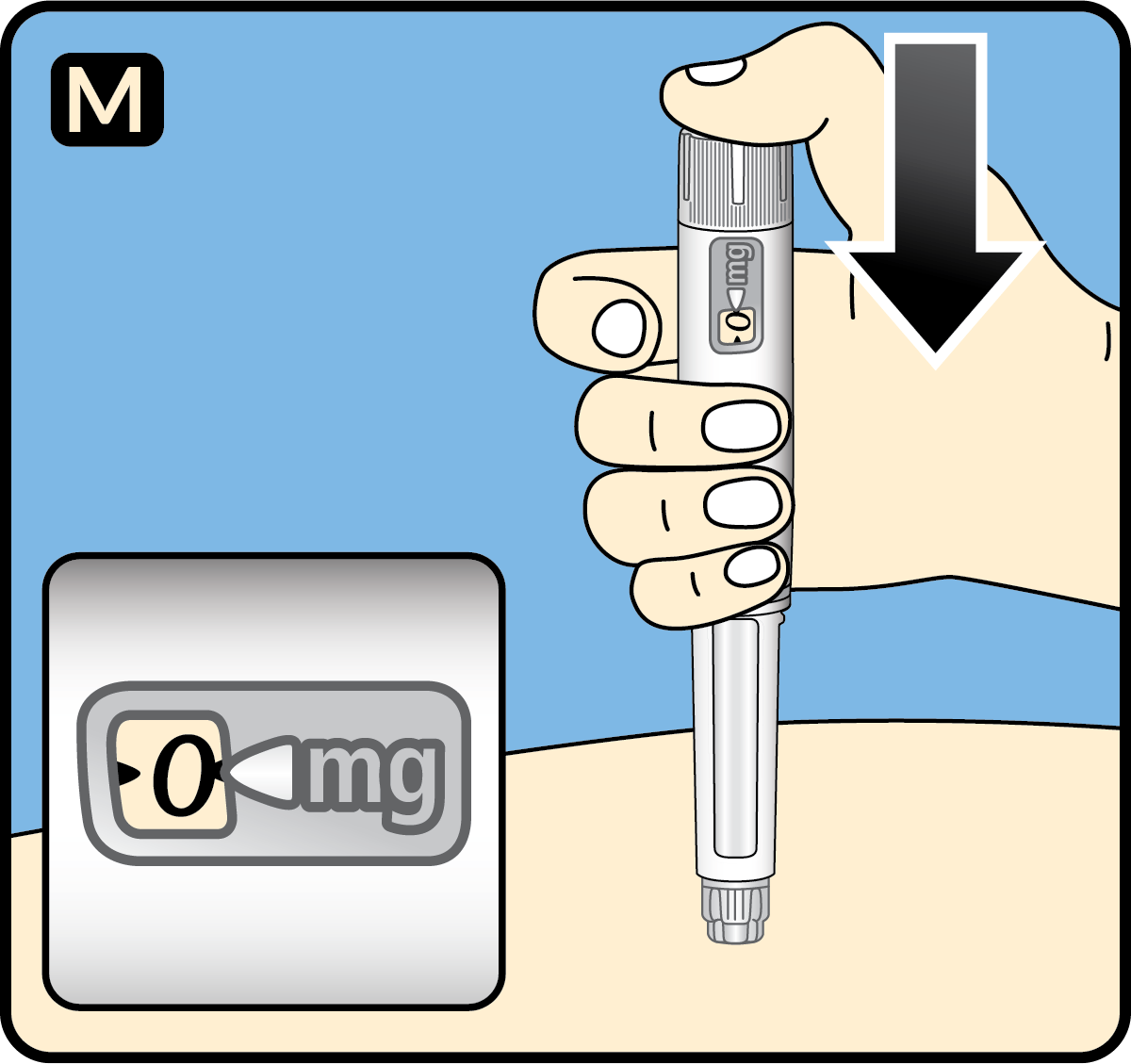
Step 14:
1. Count 6 seconds while keeping the dose button pressed.
2. If the needle is removed earlier, you may see a stream of VLS Tirzepatide coming from the needle tip. If this happens, the full dose will not be delivered.
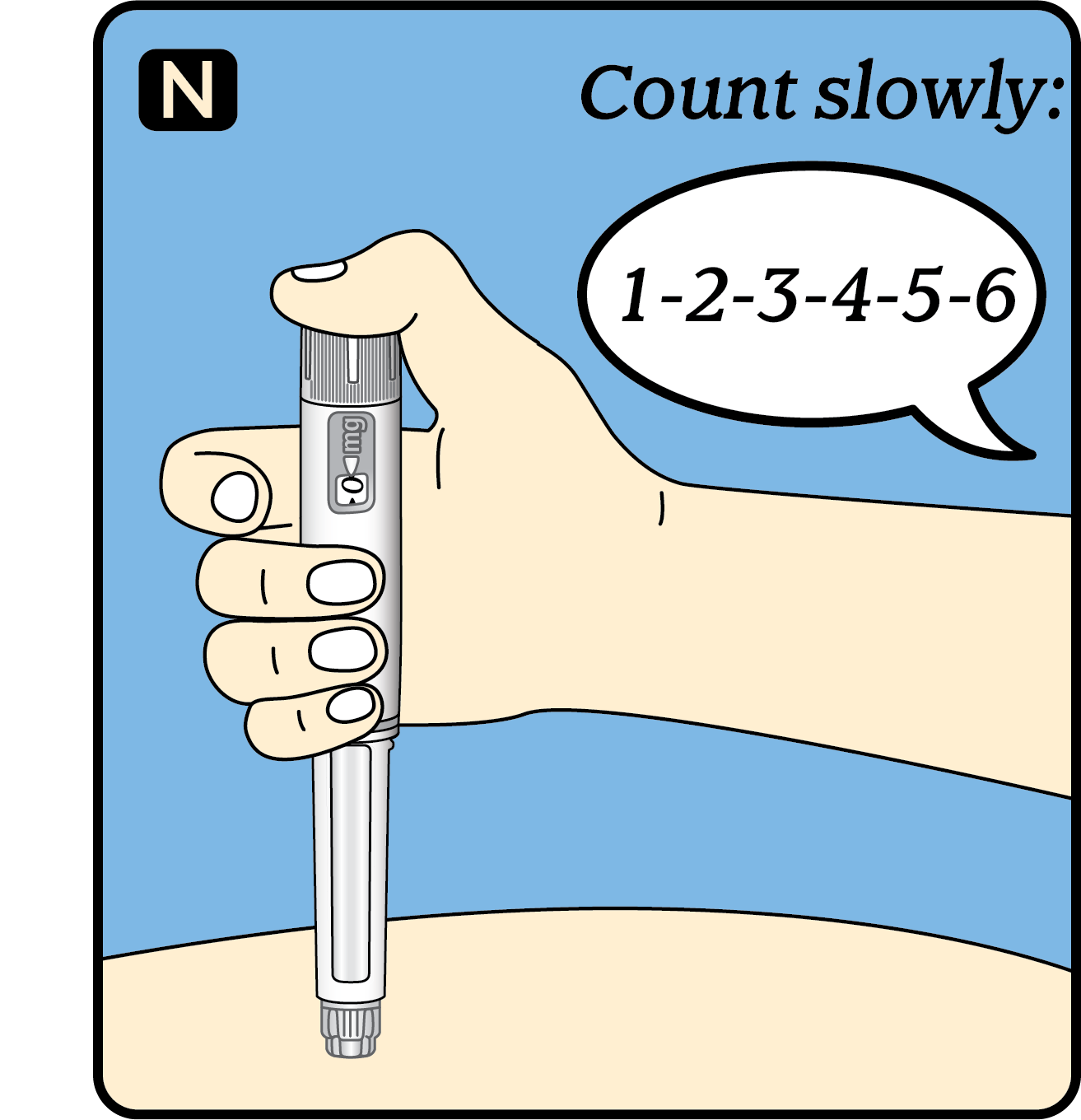
Step 15:
1. Remove the needle from your skin. You can then release the dose button.
2. If blood appears at the injection site, press lightly with a gauze pad or cotton ball. Do not rub the area.
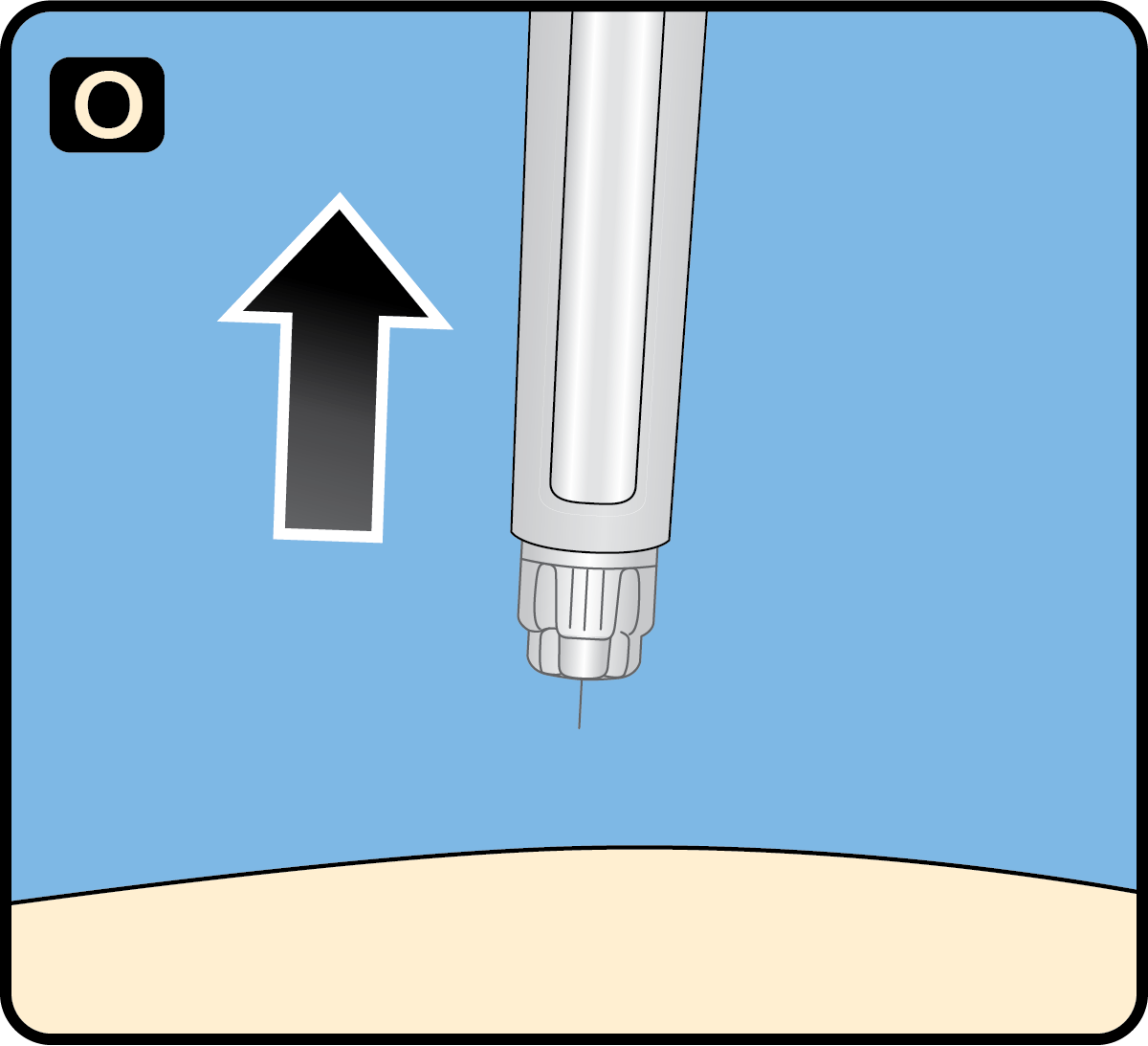
Step 16:
After your injection
1. Carefully remove the needle from the pen. Do not put the needle caps back on the needle to avoid needle sticks.
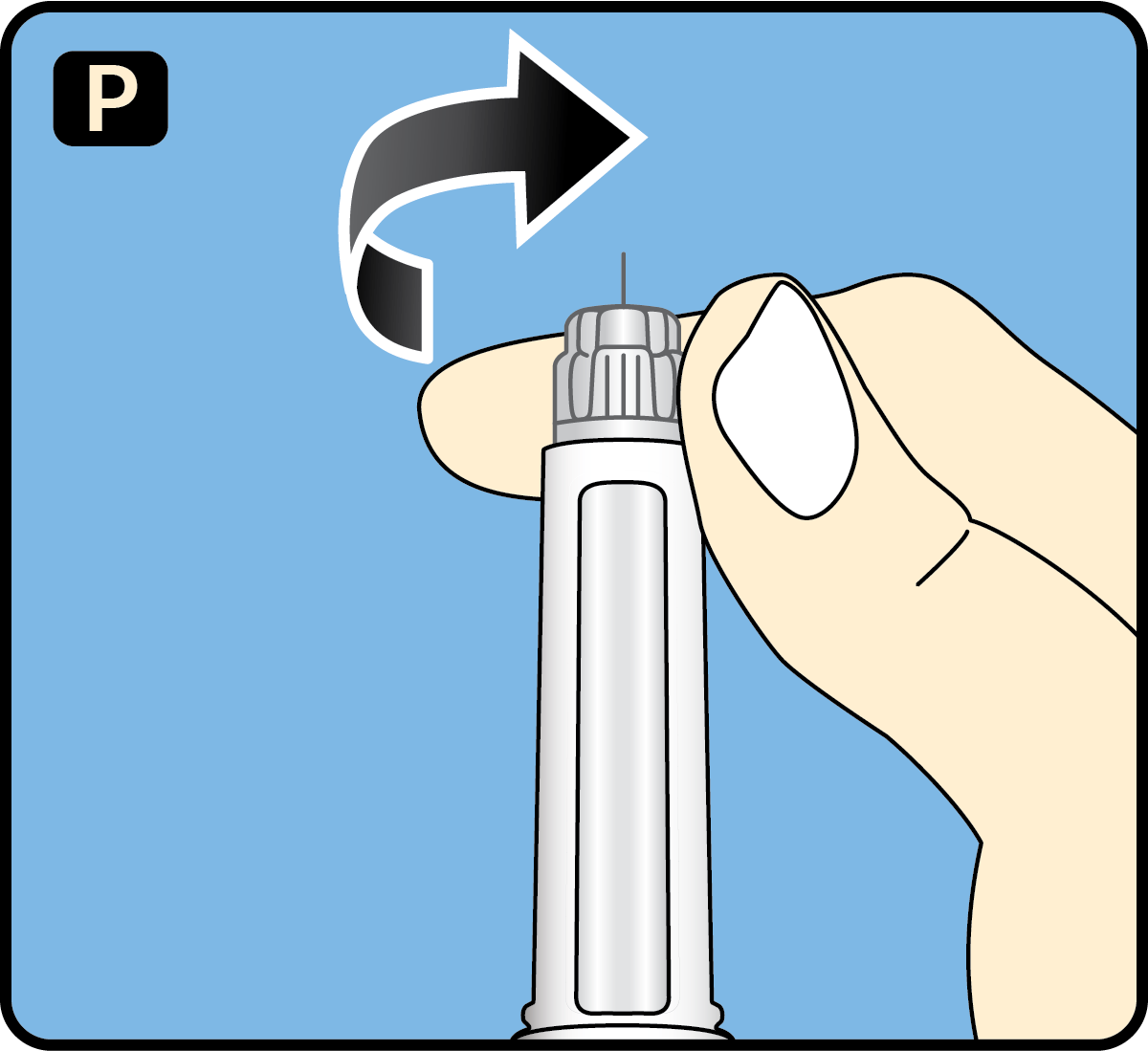
Step 17:
1. Place the needle in a sharps disposal container right away to reduce the risk of needle sticks.
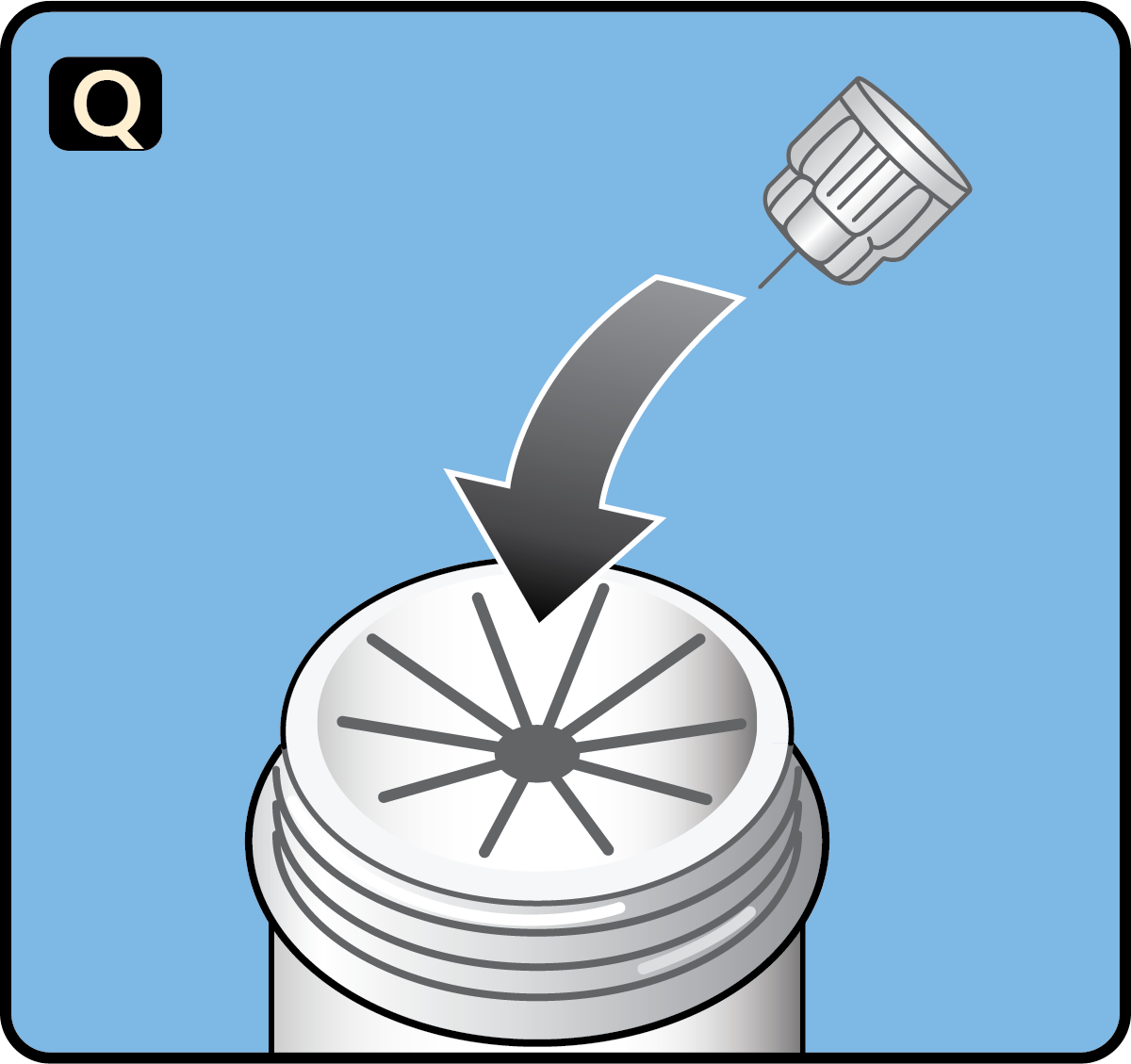
Step 18:
1. Put the pen cap on your pen after each use to protect VLS Tirzepatide from light.
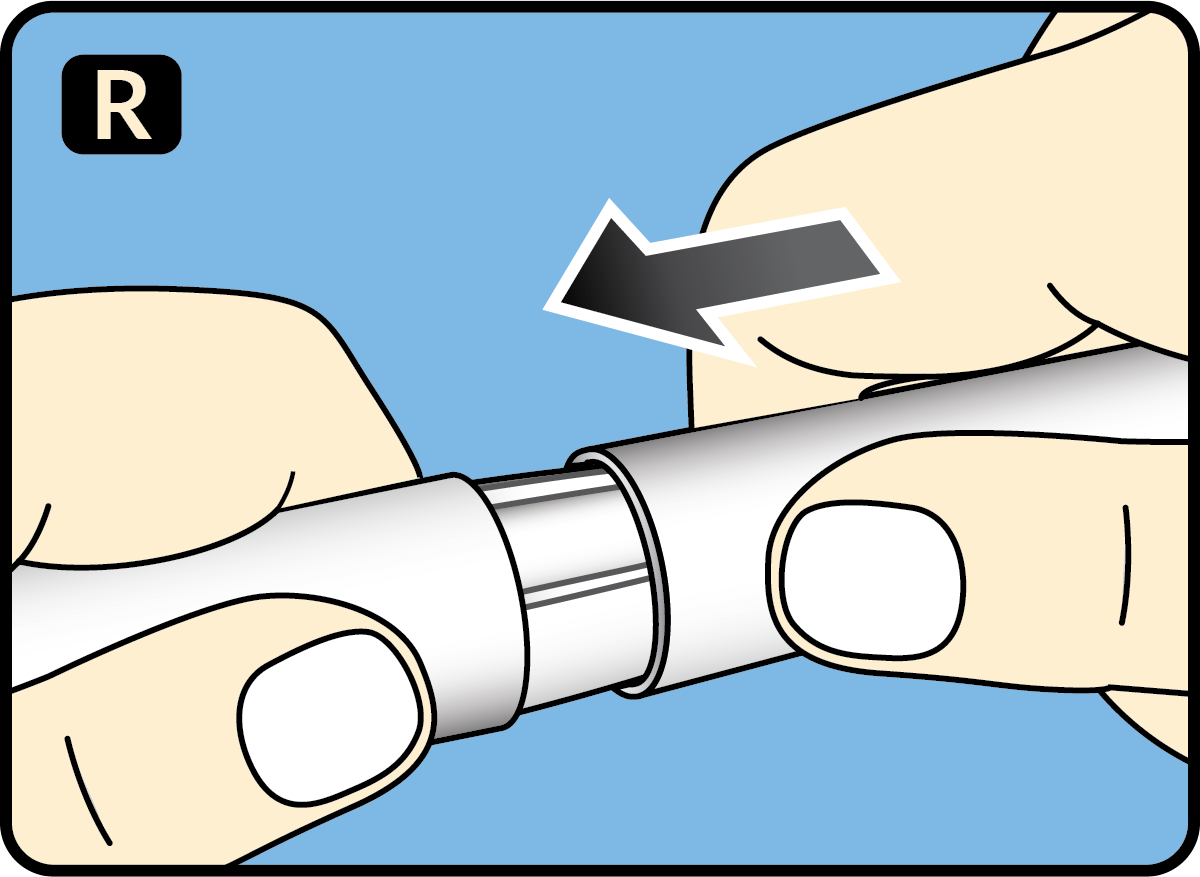
Step 19:
1. If you do not have a sharps disposal container, follow a 1-handed needle recapping method. Carefully slip the needle into the outer needle cap. Dispose of the needle in a sharps disposal container as soon as possible.
2. Never try to put the inner needle cap back on the needle. Always remove the needle from your pen.
3. Always dispose of the needle after each injection.
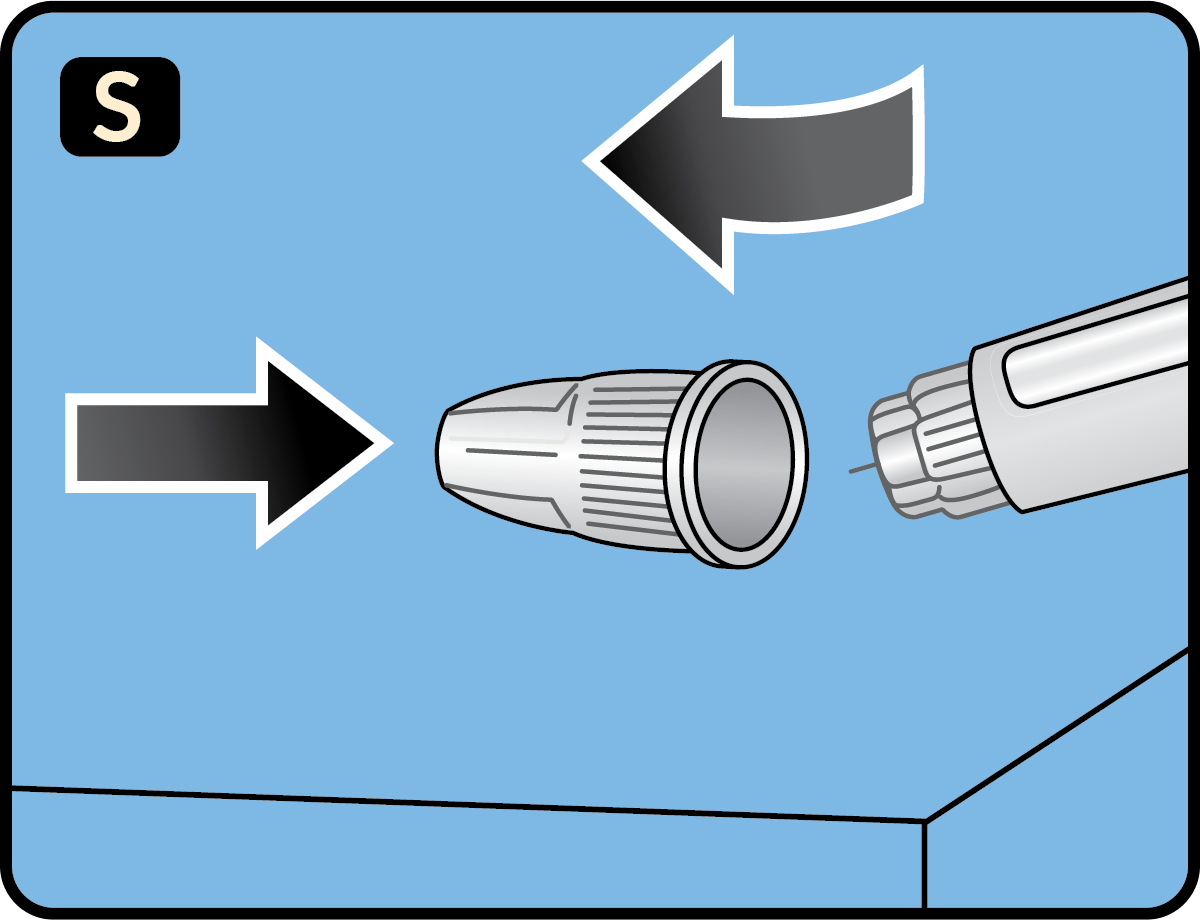
Frequently Asked Questions
Q: What is VLS Semaglutide?
VLS Semaglutide is an injectable prescription medicine used: • along with diet and exercise to improve blood sugar (glucose) in adults with type 2 diabetes mellitus. • to reduce the risk of major cardiovascular events such as heart attack, stroke or death in adults with type 2 diabetes mellitus with known heart disease
Q: When should I not use VLS Semaglutide?
Do not use VLS Semaglutide if:
- you or any of your family have ever had a type of thyroid cancer called medullary thyroid carcinoma (MTC) or if you have an endocrine system condition called Multiple Endocrine Neoplasia syndrome type 2 (MEN 2).
- you have had a serious allergic reaction to semaglutide or any of the ingredients in VLS Semaglutide. See the end of this Medication Guide for a complete list of ingredients in VLS Semaglutide. Symptoms of a serious allergic reaction include:
- swelling of your face, lips, tongue or throat
- problems breathing or swallowing
- severe rash or itching
- fainting or feeling dizzy
- very rapid heartbeat
Q: How should I use VLS Semaglutide?
Use VLS Semaglutide exactly as your healthcare provider tells you to.
• VLS Semaglutide is injected under the skin (subcutaneously) of your stomach (abdomen), thigh, or upper arm. Do not inject VLS Semaglutide into a muscle (intramuscularly) or vein (intravenously).
• Use VLS Semaglutide 1 time each week, on the same day each week, at any time of the day.
• You may change the day of the week you use VLS Semaglutide as long as your last dose was given 2 or more days before.
• If you miss a dose of VLS Semaglutide, take the missed dose as soon as possible within 5 days after the missed dose. If more than 5 days have passed, skip the missed dose and take your next dose on the regularly scheduled day.
• VLS Semaglutide may be taken with or without food.
• Do not mix insulin and VLS Semaglutide together in the same injection.
• You may give an injection of VLS Semaglutide and insulin in the same body area (such as your stomach area), but not right next to each other.
• Change (rotate) your injection site with each injection. Do not use the same site for each injection.
• Check your blood sugar as your healthcare provider tells you to.
• Stay on your prescribed diet and exercise program while using VLS Semaglutide.
• Talk to your healthcare provider about how to prevent, recognize and manage low blood sugar(hypoglycemia), high blood sugar (hyperglycemia), and problems you have because of your diabetes.
• Your healthcare provider will check your diabetes with regular blood tests, including your blood sugar levels and your hemoglobin A1C.
• Do not share your VLS Semaglutide pen with other people, even if the needle has been changed. You may give other people a serious infection, or get a serious infection from them.
• Your dose of VLS Semaglutide and other diabetes medicines may need to change because of change in level of physical activity or exercise, weight gain or loss, increased stress, illness, change in diet, fever, trauma, infection, surgery or because of other medicines you take.
• If you take too much VLS Semaglutide, call your healthcare provider or go to the nearest hospital emergency room right away.
Q: What are the possible side effects of VLS Semaglutide?
VLS Semaglutide may cause serious side effects, including:
Inflammation of your pancreas(pancreatitis): Stop using VLS Semaglutide and call your healthcare provider right away if you have severe pain in your stomach area (abdomen) that will not go away, with or without vomiting. You may feel the pain from your abdomen to your back.
Changes in vision: Stop using VLS Semaglutide and call your healthcare provider right away if you have severe pain in your stomach area (abdomen) that will not go away, with or without vomiting. You may feel the pain from your abdomen to your back.
Low blood sugar(hypoglycemia): Your risk for getting low blood sugar may be higher if you use VLS Semaglutide with another medicine that can cause low blood sugar, such as a sulfonylurea or insulin. Signs and symptoms of low blood sugar may include dizziness or light-headedness, blurred vision, anxiety, irritability, or mood changes, sweating, slurred speech, hunger, confusion or drowsiness, shakiness, weakness, headache, fast heartbeat, feeling jittery.
Kidney problems (kidney failure): In people who have kidney problems, diarrhea, nausea, and vomiting may cause a loss of fluids (dehydration) which may cause kidney problems to get worse. It is important for you to drink fluids to help reduce your chance of dehydration.
Serious allergic reactions: Stop using VLS Semaglutide and get medical help right away, if you have any symptoms of a serious allergic reaction including swelling of your face, lips, tongue or throat, problems breathing or swallowing, severe rash or itching, fainting or feeling dizzy or very rapid heartbeat.
Gallbladder problems: Gallbladder problems have happened in some people who take VLS Semaglutide .Tell your healthcare provider right away if you get symptoms of gallbladder problems which may include pain in your upper stomach (abdomen), yellowing of skin or eyes (jaundice), fever or clay-colored stools.
The most common side effects of VLS Semaglutide may include nausea, vomiting, diarrhea, stomach (abdominal) pain, and constipation. Talk to your healthcare provider about any side effect that bothers you or does not go away. These are not all the possible side effects of VLS Semaglutide.
